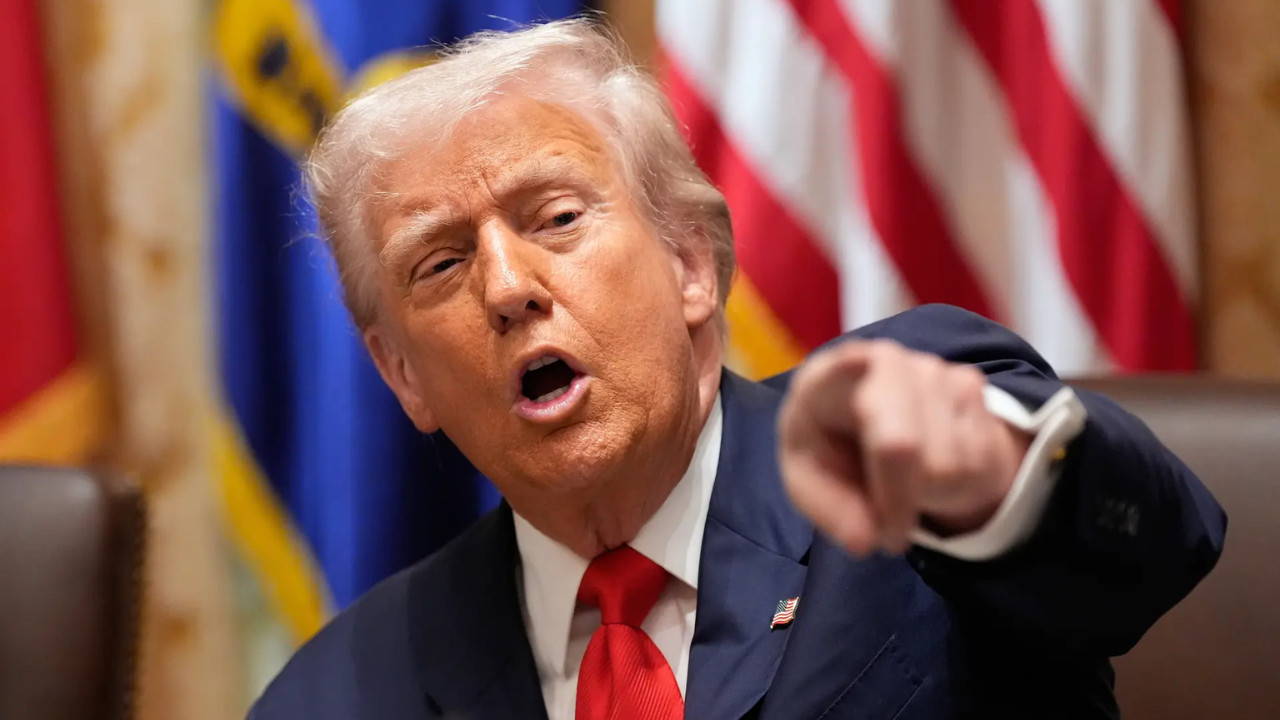President Trump indicated a willingness to reduce tariffs on Chinese goods if Beijing agrees to concessions, including increased soybean purchases and halting rare earth mineral restrictions. These remarks follow the US’s announcement of an additional 100% tariff on Chinese imports, escalating trade tensions ahead of fresh negotiations.
Navigating the Thorny Path of US-China Trade: A Delicate Dance
The long-running saga of US-China trade relations took another turn recently, offering a glimpse into the complexities and continued tensions shaping the global economic landscape. The former US president, known for his assertive approach, stated he wasn’t looking to “hurt” China, while simultaneously laying out a series of demands essential for any potential trade deal. This apparent contradiction underscores the tightrope walk both nations face as they attempt to balance economic competition with the imperative for stability.
The narrative surrounding US-China trade has always been more than just dollars and cents. It’s a complex interplay of geopolitical strategy, technological dominance, and deeply rooted historical perspectives. The former US president’s comments, though couched in less confrontational language than we’ve heard in the past, reveal the core sticking points that continue to hinder progress.
What’s on the Table? Key Demands in the US-China Trade Equation
So, what exactly are these key demands? While the full details are, as always, subject to interpretation and negotiation, the overarching themes are clear. At the heart of the matter lies the issue of intellectual property protection. The US has long accused China of widespread IP theft, a practice that it claims unfairly advantages Chinese companies and undermines American innovation. Cracking down on this alleged theft remains a cornerstone of any potential agreement.
Furthermore, the US is pushing for greater market access for its companies operating in China. This includes leveling the playing field in terms of regulations, subsidies, and other practices that the US views as discriminatory. The goal is to ensure that American businesses can compete fairly and access the vast Chinese consumer market without undue barriers. Imagine trying to sell your innovative software in a market where the rules are stacked against you from the start. That’s the scenario US companies want to avoid.
Finally, there’s the persistent issue of the trade imbalance. For years, the US has run a significant trade deficit with China, meaning it imports far more goods than it exports. The US wants to see this imbalance reduced, either through increased exports to China or decreased imports from China, or a combination of both. It’s all about achieving a more equitable flow of goods and services between the two economic giants. 
Beyond Tariffs: A Search for a New Equilibrium in Trade
It’s important to remember that the US-China trade relationship is not solely defined by tariffs. While tariffs have certainly played a prominent role in recent years, they are just one tool in a larger toolkit. The real challenge lies in addressing the underlying structural issues that contribute to trade tensions. This includes issues like state-sponsored enterprises, regulatory transparency, and enforcement mechanisms.
The conversation has broadened beyond the initial focus on simple trade deficits. Now, it’s about establishing a framework for fair competition, protecting intellectual property, and ensuring that both countries can benefit from a healthy and balanced economic relationship. The world’s two largest economies are linked, and their cooperation is paramount for global economic stability. This interconnectedness emphasizes the need for a lasting resolution.
What Happens Next? The Future of US-China Trade
Predicting the future of US-China trade is a fool’s errand. Geopolitical events, domestic political pressures, and shifting economic realities all contribute to the uncertainty. However, one thing is clear: the need for dialogue and negotiation remains paramount. Finding common ground on issues like intellectual property protection and market access is essential for building a more stable and predictable trade environment.
It’s a delicate dance, requiring careful diplomacy and a willingness to compromise. The stakes are high, not just for the US and China, but for the entire global economy. The decisions made in the coming months and years will have far-reaching consequences, shaping the future of international trade and geopolitical power for decades to come. The ongoing discussions relating to trade may influence the future of your investments; consider reading more about [investment strategies for navigating market uncertainty](internal-link-to-investment-article).
Ultimately, the path forward lies in finding a new equilibrium – a framework that addresses the legitimate concerns of both sides while fostering a more collaborative and mutually beneficial relationship. This will require a willingness to move beyond rhetoric and engage in constructive dialogue, focusing on practical solutions that can promote fair trade, innovation, and economic growth. The journey is far from over, but the destination – a more stable and prosperous global economy – is well worth striving for.







